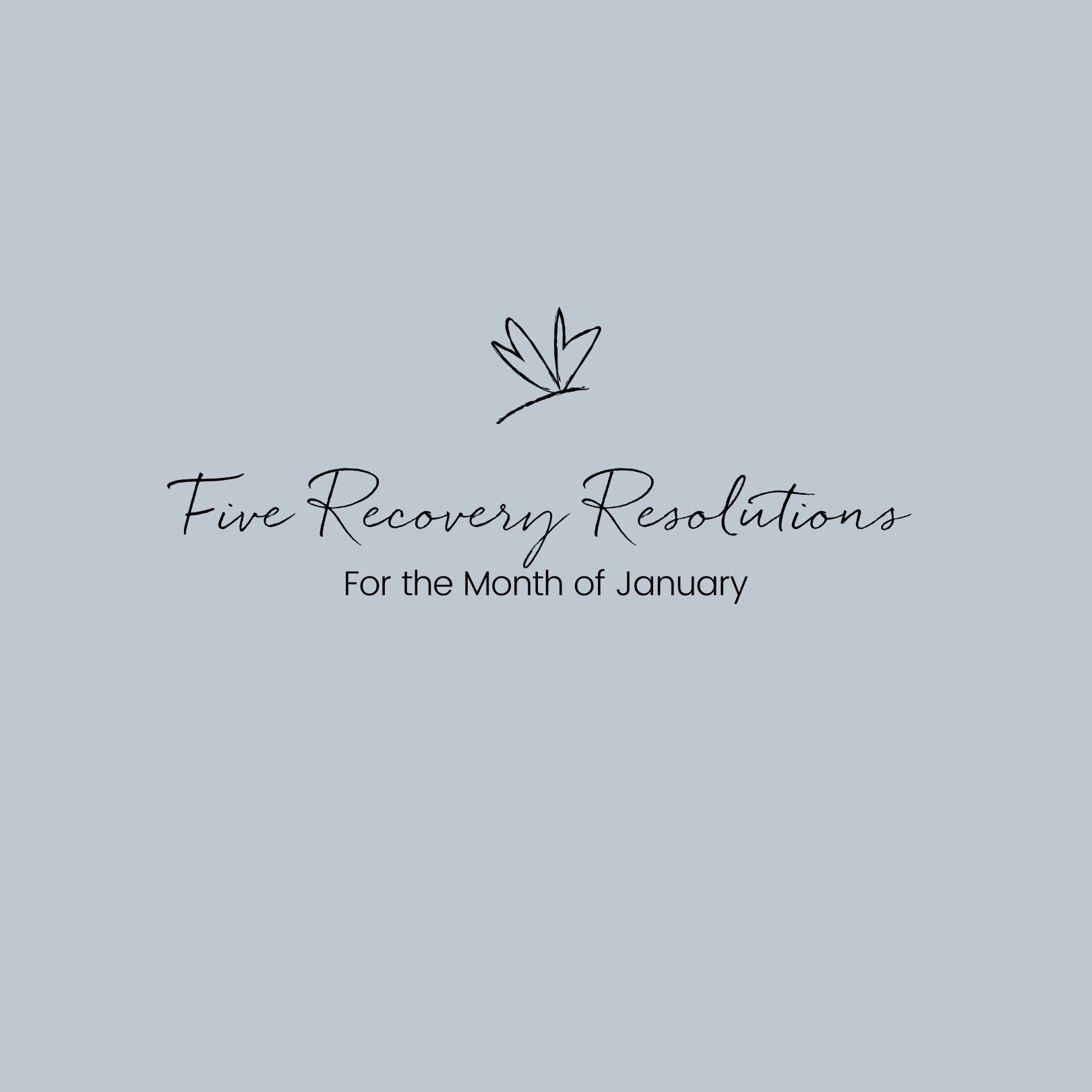It's a Marathon, Not a Sprint
In our latest first-person blog, Pippa kindly shares her experience of trying to heal from an eating disorder.
"If there’s one thing I’ve learnt from my 10+ years of living with and recovering from an Eating Disorder, it’s that healing - true, real, deep, inner healing - takes time. There is no shortcut, no quick way out, no fast forward button to rapidly move yourself from having an eating disorder to being fully recovered. Of course, there are things we can do that will help speed up the process, and things that might slow it down. But there is absolutely no getting away from the fact that recovery takes real discipline, real persistence, and a hell of a lot of stamina. And, much like a marathon runner, anyone who goes through it certainly deserves a medal at the end.
Now the purpose of this blog post is not to go into depth and detail about my own personal struggles and experiences with an eating disorder, but more to reflect on some of the things I’ve learnt along the way, and am continuing to learn as I strive towards full freedom. And, though I don’t disregard the irony of talking about a marathon when discussing something such as an eating disorder which, for many has often an exercise component, I think there are some helpful parallels we can draw from entering a marathon as we think about entering into recovery too.
- We must BE PREPARED.
When we think about a marathon, I think it’s safe to say that it’s not something that anyone can enter into lightly or unprepared. The runner must seek out the necessary information and resources around them to help prepare them for what they need to do, what to expect, and put in the training, because this will give them the greatest chance of success when the rubber (or feet) hit the road.
Now similarly, I think when I first entered recovery - I, and I think my family, were pretty unprepared for the greatness and difficulty of the task ahead of us - none of us had experienced this before and didn’t have a clue what might come up as we embarked upon the journey. We were fortunate to be supported by the CAMHS team at that time, who attempted to give us some support, but I don’t think any of us, least of all me, were expecting quite how hard, how painful, and how difficult it would be for all of us to experience. And I don’t think it helped that I had little insight into my illness at the time, my understanding clouded by a veil of anosognosia. But over the years, as I’ve learnt more and more about my illness and fortunately come across theories that resonate with me more than a purely psychological perspective (such as the ‘adapt to flee famine’ by Shan Guisinger), I have come to better understand my illness and the behaviours that I feel so compelled to perform. And this understanding has allowed me to be better prepared when I am faced with the difficult emotions and urges that come with tackling an eating disorder.
- It takes ACTION.
Now, all this being said, I think a common trap many of us fall into in our recovery journeys is that we accumulate lots of knowledge about our illness and the process of recovery but we fail to then actually put in the action that we spend so much time thinking and talking about. I remember my dad, who has actually ran a marathon, used to subscribe to a running magazine that would come through the post each week. I’m sure it contained lots of helpful information that may have assisted him in his training, but he couldn’t have run the marathon if he only read the magazine and never actually went out for a run. So it is with recovery - knowing all about it does no good if we never actually put what we know into practise.
I think it’s also important to draw out here that the action we must take in order to reach full recovery is not a one-time thing. In the same way you wouldn’t expect someone to take a couple of steps forward and then expect to have covered a 26-mile marathon, it’s not enough to just do recovery action once or twice and expect to reach full recovery. We can’t challenge a behaviour or eat a fear food as a one-off and then miraculously expect the fear to go away, or take recovery action in one area but still carry on restricting for the rest of the time. The action we must take has to be consistent, day in day out - like a runner putting one foot in front of the other - in order to reach that finish line of full recovery. Sometimes it might be small steps and sometimes it might be giant leaps, but we must keep moving forward in order to make it to the end.
- It takes commitment
Related to this, I believe a fundamental underpinning of the recovery journey is commitment. Think about that marathon runner again for a moment. If they haven’t fully committed to getting to the end of those 26 miles - perhaps half-heartedly starting out hoping, but not really dedicating themselves to getting to the end - once they get a few miles in and start feeling a bit tired, it’s pretty likely they might stop running. Likewise, taking an indifferent, non-committed approach to recovery is never going to get us to where we want to go, because as soon as things get hard or uncomfortable and we have to face up to these difficult emotions, we’re bound to just stop doing the things making us feel that way.
Instead, that runner will have fully committed themselves to getting to the end of that race - imagined that feeling of elation, the pride in their family’s eyes, the immense sense of achievement and relief they will feel as they run over that finish line however many hours later. We must do the same with recovery. In order to take that consistent action, moment by moment, day in, day out, we must completely dedicate ourselves to the cause - envisage what being recovered will look like for us, dwell on the things we want to be able to do and experience, imagine that feeling of full freedom- and then do everything we can to get ourselves there.
- It’s ok to trip up.
Now, I’m conscious that so far it seems like I’m suggesting that recovery is a straight line – that you commit to doing what you know you need to do, and it’s all plain sailing from there. We all know that couldn’t be farther from the truth. There are likely to be trips and stumbles along the way – like a marathon runner losing their footing on a loose stone and skidding over, or tripping over a pothole or just falling over their feet and wrenching their ankle. They might need to take a moment to catch their breath; it might knock their confidence slightly and they might need a bit of encouragement from people to get them going again. But the important thing is that they get back on their feet and start running, because the longer they stay static, the harder it will be to get going again.
It’s just the same with recovery. Yes, we might fall down – perhaps we accidentally fall into an old habit, or something might come up which trigger us back down an unhelpful thought cycle – and it can lead us to doubt our ability to fully recover or feel like we can’t carry on. But what we must do in those moments, just like that runner, is brush ourselves off, take a deep breath, and, with the support from those around us, get straight back to taking the recovery action that will get us to freedom.
- Everyone goes at their own pace.
When you watch marathon runners on the TV, I think it’s pretty obvious that there are varying degrees of speed in which people run a marathon. There are the Olympic athletes leading the pack who blast through it at a rate of knots, running faster than many of us might even be able to run one mile in, let alone 26. Then there are those at the back who chose to walk the whole thing, perhaps taking multiple stops along the way – or even those handicapped in some way but challenging themselves to getting to the end in the face of this adversity. And then there’s everyone in between, all taking it at a pace personal to themselves. The main thing for each of these runners is about getting to the end – reaching that finish line – as soon as they can, so that they can enjoy the feeling of finishing the race. But what that actually looks like in terms of the pace that they run the race, and even within each stage of the race, is different to everyone.
We must keep the same perspective on recovery. Some people may race through the process seemingly easily, reaching full freedom relatively quickly. Others may have personal circumstances which mean they have to go very slowly, or are held back by certain factors outside of their control. And the majority of us in the middle plod along at our own pace, sometimes speeding up for a while, sometimes slowing down, on a journey that is individual to us. What others are doing around us makes no difference – the key thing is that we just keep on going, keep moving forwards, with our eyes set on the end goal of freedom that we are all heading for.
- There is an end.
This final point is critical. At the end of the marathon lies a finish line – a certain point at which the runner can stop running, can rest, and can celebrate and enjoy what they have achieved. Though the journey may feel long and exhausting, the marathon runner knows that there is a certain end point that they are aiming towards, and that does not change.
And for those of us in recovery, we must remember that there is an end point. A point at which recovery is done, finished, complete – the eating disorder gone, with no more fears to face, no more fighting to do, no more urges to battle. I believe, and I hope you do too, that full recovery is possible – and that is the finish line that we are all aiming for.
So please, keep running with me towards that finish line – and, whatever you do, don’t stop running until you are free."
- Jun 2021





